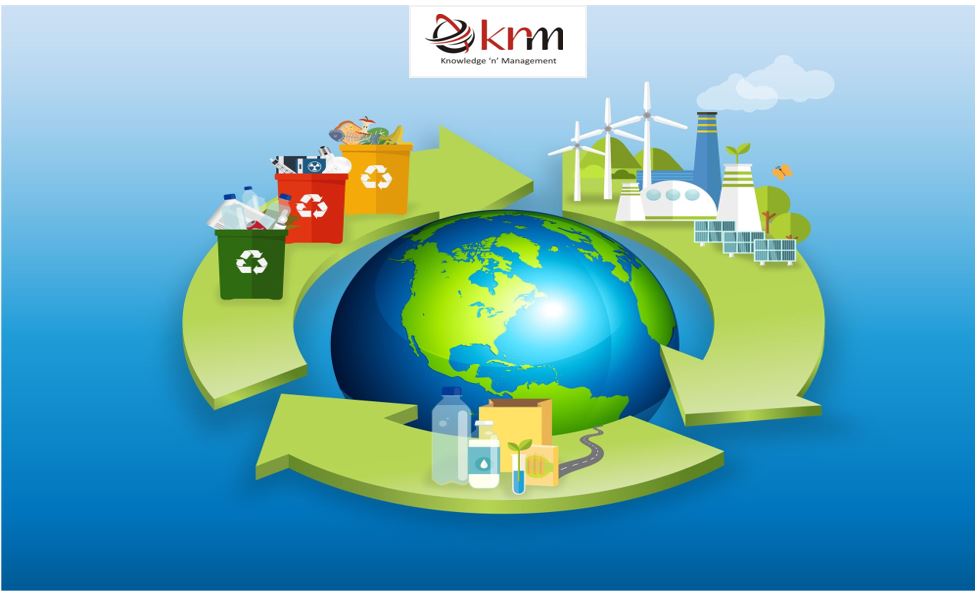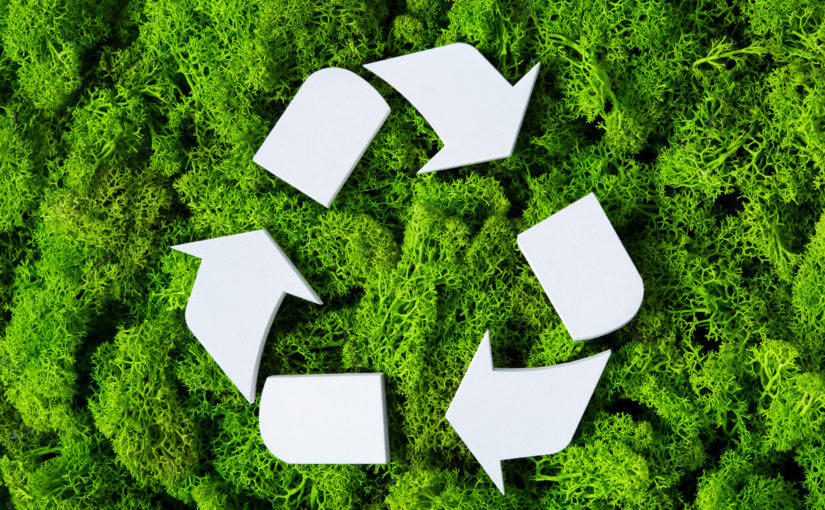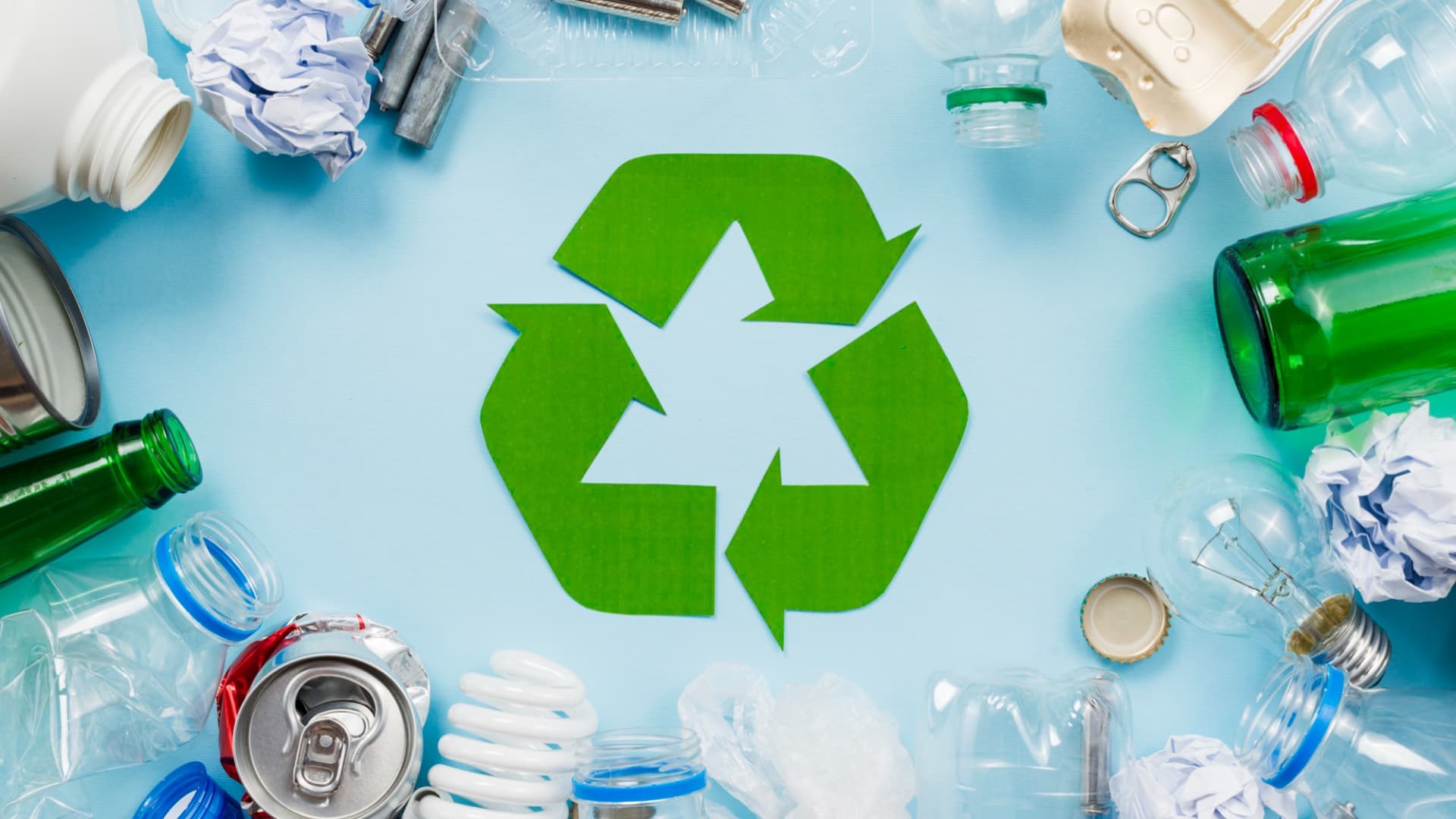Comprehending the Category and Handling of Different Kinds of Waste
Reliable waste monitoring is critical for ecological sustainability, needing a comprehensive understanding of the classification and handling of different waste kinds. Home waste, commercial spin-offs, harmful materials, electronic refuse, and organic residues each require distinctive protocols to guarantee security and decrease environmental damages.

Family Waste
Home waste, encompassing a broad variety of thrown out materials created from day-to-day living activities, stands for a significant component of the total waste stream - recycling lives services. This category includes natural waste such as food scraps, backyard clippings, and paper items, alongside inorganic products like plastics, metals, and glass. The varied nature of family waste demands reliable classification and monitoring to alleviate environmental impact and advertise lasting living methods
Reliable house waste administration starts with segregation at the resource, promoting recycling, composting, and safe disposal. Organic waste, for instance, can be composted to produce nutrient-rich dirt modifications, reducing land fill concern and enhancing soil wellness. Recyclable products, consisting of paper, glass, and particular plastics, can be processed and repurposed, saving resources and decreasing energy consumption connected with brand-new product production.
In addition, dangerous family waste such as batteries, electronic tools, and cleaning chemicals requires specialized managing to avoid dirt and water contamination. Public understanding projects and convenient disposal alternatives play important functions in making certain proper disposal and recycling of these products. By carrying out durable waste reduction techniques and cultivating community participation, municipalities can significantly minimize the environmental impact of home waste.
Hazardous Waste
Hazardous waste, a major contributor to international waste generation, includes a diverse array of products created by manufacturing, building, and various other commercial activities. This group includes spin-offs such as scrap metal, plastics, rubber, chemicals, and other deposits. The structure and volume of commercial waste can vary considerably depending upon the industry and production processes included. Effective administration of commercial waste is critical for minimizing environmental effect and promoting sustainable techniques.
The handling of commercial waste typically entails several processes: collection, treatment, disposal, and partition. Collection systems are developed to efficiently gather waste materials from numerous resources within a commercial operation.
Adopting approaches such as waste reduction, resource recuperation, and recycling can dramatically lower the burden of hazardous waste on the atmosphere, adding to even more sustainable industrial techniques.
Contaminated Materials

Destructive wastes can damage or ruin living cells and products. Combustible wastes can quickly fire up, posing fire dangers, while responsive wastes can create surges or release toxic gases upon contact with other compounds.
Effective harmful waste administration includes several essential techniques: recognition and partition of dangerous products, risk-free transport and storage space, and appropriate treatment and disposal. Treatment techniques may include chemical neutralization, stablizing, and incineration. Regulatory conformity is crucial, led my blog by structures such as the Resource Preservation and Healing Act (RCRA) in the United States, which makes sure risk-free and eco sound management of contaminated materials.
Electronic Waste
Digital waste, commonly abbreviated as e-waste, represents an expanding obstacle in waste monitoring as a result of the fast obsolescence of innovation. This group incorporates a broad array of thrown out electronic tools, consisting of smartphones, computers, tvs, and household home appliances. The intricacy of e-waste exists in its structure; these things have a mix of important materials such as gold and copper, as well as unsafe materials like lead, cadmium, and mercury.

Regulations and regulations, such as the European Union's Waste Electronic and electrical Tools (WEEE) Regulation, objective to promote liable e-waste monitoring. These plans mandate manufacturers to help with the collection and recycling of digital products, thus reducing the worry on landfills and minimizing ecological contamination.
Organic Waste
Organic waste, incorporating eco-friendly products such as food scraps, lawn trimmings, and farming residues, constitutes a significant section of the local solid waste stream. This type of waste is notable not just for its quantity but also for its potential environmental effect otherwise handled correctly. Organic waste can decompose anaerobically in land fills, generating methane, a potent greenhouse gas adding to climate modification.
Appropriate handling of organic waste includes a number of strategies. Composting is a widely adopted technique, transforming natural products right into important compost that can enhance soil and assistance lasting agriculture. This procedure likewise decreases the official source quantity of waste sent to garbage dumps. One more approach is anaerobic food digestion, which breaks down organic issue in the absence of oxygen, generating biogas that can be made use of as a sustainable power resource. Additionally, diverting food waste from landfills via contribution go programs can alleviate food instability while reducing waste.
Municipalities and businesses are significantly acknowledging the relevance of organic waste management. Implementing thorough natural waste recycling programs not only reduces ecological effects but also aligns with wider sustainability goals, promoting a round economic situation where sources are consistently recycled and repurposed.
Final Thought
Effective waste management and environmental protection require an extensive understanding of the classification and handling of different waste kinds. Applying ideal methods for each waste type ensures responsible and risk-free waste management practices, inevitably adding to the protection of ecosystems and public health and wellness.
Efficient waste management is essential for ecological sustainability, calling for a detailed understanding of the category and handling of different waste types.Household waste, incorporating a broad variety of discarded materials created from daily living activities, represents a considerable part of the total waste stream.Industrial waste, a major factor to worldwide waste generation, includes a varied variety of materials created by production, construction, and other commercial tasks (recycling lives services).Unsafe waste, an essential concern in waste administration, makes up products that position considerable dangers to human health and wellness and the atmosphere due to their harmful, destructive, combustible, or responsive properties.Organic waste, encompassing naturally degradable products such as food scraps, lawn trimmings, and agricultural deposits, comprises a substantial portion of the municipal solid waste stream